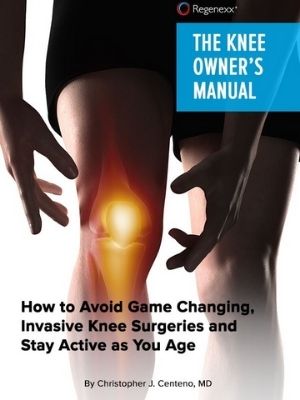Back of Knee Tight
Get Help With Back of Knee TightStiffness in the back of the knee can be a sign that there is damage or inflammation in the joints, arthritis, or a baker’s cyst. This might be due to an injury, overuse, or medical condition. If you are experiencing stiffness in your back knee, it’s important to see a doctor to determine the cause and get treatment.
Common causes of stiffness in the back of the knee include:
- Tight muscles, tendons, and ligaments
- Injury to the joint or surrounding tissue
- Overuse such as from running or biking for long periods
Stiffness at night can potentially indicate damage to the joint. If you’re experiencing this, it’s important that you see a doctor as soon as possible. It might also mean that arthritis is present and will need evaluation for appropriate treatment options.
Baker’s Cyst
A Baker’s cyst can cause knee pain. A Baker cyst is swelling caused by fluid from the knee joint protruding to the back of the knee. They are NOT a true cyst since it has communication with the synovial sac. They typically arise from degenerative changes or injury to the articular cartilage (arthritis) or meniscus. At the Centeno-Schultz Clinic, we believe that baker’s Cysts are simply a barometer of the health of the knee joint. In a healthy knee, there are absent whereas with injury and degenerative changes they are common. They arise between the tendons of the medial head…
Read More About Baker’s CystEDS in Children
Ehlers-Danlos Syndrome (EDS) refers to a group of disorders that affect the body’s connective tissue including skin, tendons, and ligaments. It is a hereditary disorder which means you are born with it. EDS has many different signs and symptoms which can vary significantly from patient to patient. It most commonly affects the skin, joints, and blood vessels. The estimated prevalence for all EDS varies between 1/10,000 and 1/25,000. The three most common types of EDS are: Hypermobile, Classic, and Vascular. We have used these skills and knowledge to treat the loose ligaments commonly found in EDS in children. Treatment options include bone marrow concentrate (BMC) and PRP.
Read More About EDS in ChildrenHamstrings Tendinopathy
Hamstring tendinopathy, a condition that causes pain and tenderness in the hamstring tendons, represents a common but often misunderstood musculoskeletal issue. It typically occurs in athletes and individuals engaged in high-intensity activities but isn’t limited to them. This condition, including its more specific form, high hamstring tendinopathy, can significantly impact daily and athletic performance, making understanding its nuances critical.
Read More About Hamstrings TendinopathyKnee Arthritis
In the human body, a joint is simply where 2 ends of bone come together. At the ends of these bones, there is a thick substance called “Hyaline Cartilage” that lines the ends. Hyaline cartilage is extremely slippery which allows the two ends of the bone to slide on top of each other. Then there is a capsule that connects the two ends filled with “synovial fluid” that acts as a further lubricant to make it more slippery! Arthritis in the knee is defined by loss of the hyaline cartilage plus other changes that happen to the bone such as additional bone being laid down (bone spurs/osteophytes). The cartilage layer is worn down to the point of exposing the underlying bone they cover…
Read More About Knee ArthritisMeniscus Tears
The meniscus is a c-shaped piece of cartilage in the knee that functions as an important shock absorber. It is sandwiched between the thigh and shin bone. There are two menisci per knee. One on the inside portion of the knee (medial) one on the outside aspect (lateral). The knee meniscus is susceptible to injury. The most common injury is a tear in the meniscus. Not all meniscus tears however cause pain. When symptomatic a meniscus tear can cause pain, swelling, and restriction in range of motion. Tears in the knee meniscus can arise from trauma or degeneration. There are many different types of meniscus tears based upon locations….
Read More About Meniscus TearsPCL Tear
The Posterior Cruciate Ligament (PCL) is a paired ligament in the middle of the knee. It is made up of two separate bundles: ALB (anterior lateral bundle) and PMB (posterior medial bundle). These bundles work synergistically to provide stability. The PCL plays an important stabilizing role in the knee joint by resisting excessive posterior translation of the tibia relative to the femur. Between 90 and 120 degrees of knee flexion, it serves as secondary support for preventing excessive rotation. PCL tears happen when force is applied beyond what the PCL tensile strength is capable of resisting. The tensile strength of the PCL is well documented…
Read More About PCL TearRadial Meniscus Tears
The meniscus is an important fibro-cartilage structure within the knee that absorbs shock and provides cushioning. It has a semicircular ‘C’ shape and sits between the femur (thigh bone) and the tibia (lower leg bone). The meniscus protects the two bony structures from weight, shock, and shear forces. Each knee contains two menisci, one on the outside (lateral) and one inside (medial).
Read More About Radial Meniscus Tears